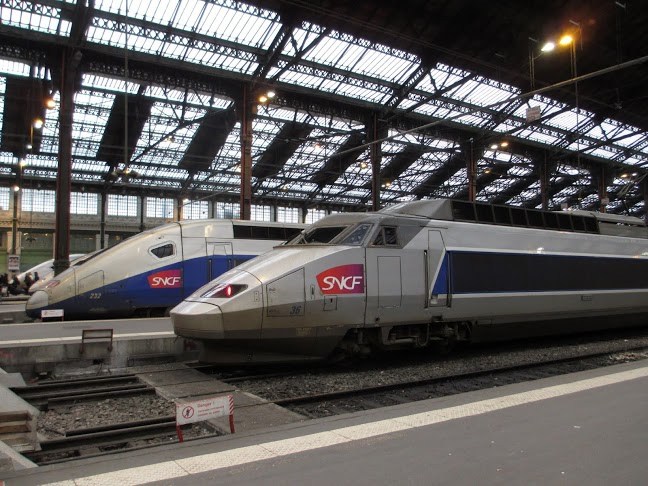This week Streetsblog L.A. attended the U.S. High Speed Rail Association's West Coast Rail Conference. The conference featured speakers from public agencies and private industry speaking on rail projects from California to Korea to Turkey to Spain and many places between.
Below are three conference tidbids that Streetsblog L.A. readers might be interested in. Some of this may not be news to folks who follow high-speed rail issues closely, but they bear repeating to reach a broader audience.
High-Speed Rail comes in various speeds
There is a broad spectrum of rail speeds. Amtrak Acela service between Washington D.C. and Boston actually runs at 150 miles per hour for portions of the route, though its average speed is just above 80 miles per hour. Acela is pretty fast, fast enough to compete with airlines, which is something numerous high-speed rail systems aspire to and regularly accomplish. Even though Acela is fast, it is not actually considered true high-speed rail.
Numerous high speed rail lines in Asia and Europe operate with top speeds from 180 to 220 mph. California High-Speed Rail is being built for top speeds of 220 mph, though speeds in urban areas will be much less.
Below "high-speed rail" there is "higher-speed rail." These days, fast rail lines that run at 150 mph or less, including Acela, are considered higher-speed. Florida's higher-speed Brightline, phase one opening from Miami to West Palm Beach later this year, will operate at 125 mph.
Here are some local examples for contrast. The top speed for Metro rail, the Red Line Subway, is about 70 mph. Metrolink's top speed is about 79 mph. The top speed for the Amtrak Surfliner is about 90 mph, but it only does that for a short stretch.
California High-Speed Rail is definitely already under construction
California High-Speed Rail Authority CEO Jeff Morales reiterated what a lot of Californians already know: California high-speed rail is already under construction. 119 miles of rail infrastructure are being built in California's Central Valley [PDF], in and near the city of Fresno. Work is being done under a billion-dollar design-build contract with Tutor-Perini.
Morales stressed that high-speed rail is not just important for its future mobility and environmental benefits, but is already bringing huge economic benefits to the Central Valley. The Mineta Transportation Institute's Rod Diridon credited high-speed rail construction jobs for taking Fresno's recent 18 percent unemployment down to nine percent today.
California high-speed rail, according to Morales, is the largest public works project in the U.S. and arguably the world, and is expected to open for customer service in 2025.
Importance of station as place
This too may come as no surprise to many Streetsblog readers, but what makes high-speed rail successful is that, unlike airports, rail delivers passengers to urban cores. High-speed rail is dependent on the design of those urban core stations, especially in the way that they connect with local mobility, including walking, transit, and bicycling. The station itself should draw locals who gather there for everyday uses.
The most popular high-speed rail stations are not strictly utilitarian spaces that travelers pass through, but include public space, retail, housing and office space. Geeti Silwal, of Perkins+Will Architects, emphasized that minimizing parking is one key feature. She emphasized that most European high-speed rail stations have no parking.





